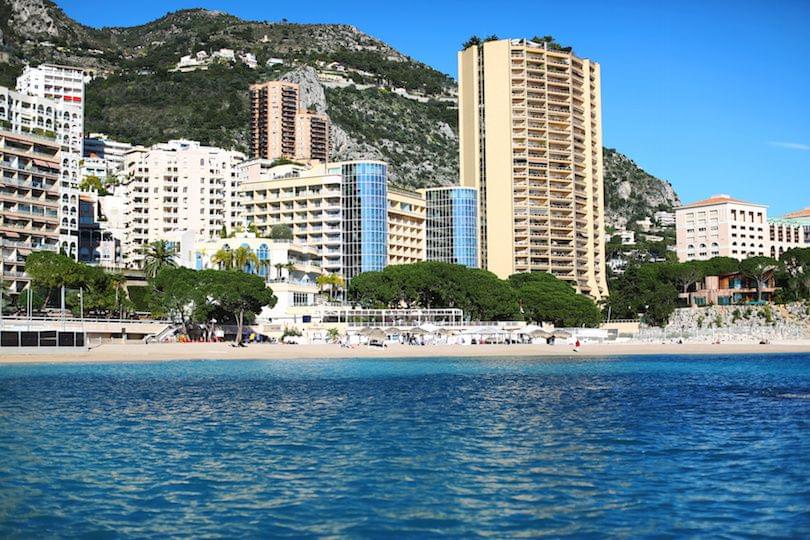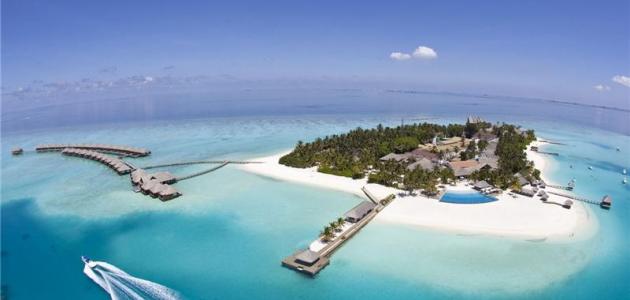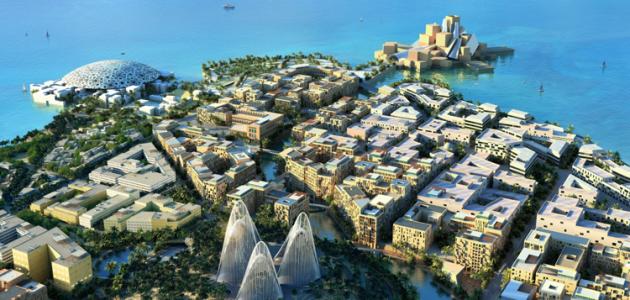Table of Contents
AlNahda dam
The Ethiopian Renaissance Dam is one of the largest dams in the world, as it is being constructed at the end of the Blue Nile River, and within the borders of the Ethiopian state, with the aim of improving Ethiopia’s ability to generate electric energy and export it to neighboring countries, where the dam occupies advanced ranks among the dams of the world, and that In terms of the ability to generate electric power, it is worth noting that Ethiopia diverted the course of the Blue Nile River in May 2013 to create the dam’s body, and on December 26, 2015, the natural course was returned to the river after the completion of Establishing the lower tunnels of the dam Ethiopian government Alent for the completion of about 50% of the construction work, and that by the end of 2016, will be the first operation of the electrical units of the dam with a capacity of about 14.5 billion cubic meters.
Renaissance Dam Specifications
The Renaissance Dam can be described by the following points:
- Label: In 1958, the American Reclamation Office conducted a study on the Blue Nile Basin to determine the locations of dam construction, and they called this study the Border Dam study (in English: Border Dam), which is the original name of the dam. In February 2011, the Ethiopian Electric Power Company changed the name of the project from Border Dam to its name, Project X, and on April 2, 2011, the Ethiopian Prime Minister changed the name of the project to become the Dam The Grand Millennium Dam, and on April 15 of 2011, the Ethiopian Cabinet transferred the name of the project to the Grand Ethiopian Renaissance Dam (English: Grand Ethiopian Renaissance Dam).
- Main components, Which:
- A major concrete dam (barrier) extends along the course of the Blue Nile River, with a length of 1,800 m and a height of about 145 m.
- A complementary dam (saddle) that extends over a distance of 5 km, and is about 50 meters high.
- Two houses to generate electric power using turbines on both sides of the river.
- Three channels are used to drain the water and control the water level in the storage lake.
- Dimensions: The length of the dam lake is about 150 km, and about 100 km as arms, or coves, while the average width is about 8 km, while the average depth is about 8 m.
- The ability to produce electricity: The Renaissance Dam includes 15 electrical units, 10 of which are located in the western bank of the Blue Nile River, and 5 units on the opposite side, where the capacity of each of these units is about 350 megawatts, and thus their combined capacity is about 5225 megawatts, and in 2012 AD, a unit was added Others in the eastern side, to become a combined capacity of 6000 megawatts, knowing that the Renaissance Dam with this production capacity ranks first in Africa, and tenth in the world in the list of the largest dams producing electric energy.
- Storage: The storage capacity of the Renaissance Dam has evolved significantly from the start of work on the project until its completion. The capacity of the border dam reached about 11.1 billion cubic meters at the level of Lake Lake Dam 575 meters, and the height of 84.5 meters of the concrete dam (barrier), and with the barrier raised to a height of 90 meters, it becomes The storage capacity of the dam is about 13.3 billion cubic meters, and at the level of 590 meters for the lake, the storage capacity will reach about 16.5 billion cubic meters, but in 2011, the height of the barrier has been increased to 145 meters, to expand to about 62 billion cubic meters, and operations have continued Upgrading the dam to a capacity of 70 billion m³, and then eventually reaching about 74 m³ by 2012.
- Geographical location: The Renaissance Dam is located at the end of the Blue Nile River, and within the borders of Ethiopia, where this area is known as Beni Shankoul Kammaz, and the Renaissance Dam is about 14.5 km from the Sudanese Republic’s borders along the course of the Blue Nile River, and about 35 km north of the confluence of the Peles River with the Blue Nile River And it is about 750 km northwest of Addis Ababa, while the height of the dam base is about 505 m above sea level.
- Geological site: The dam is located in an area composed of basal rocks dating back to the pre-Cambrian era, including granite, granodiorite, granite, magmatite, pagmite, and amphibolite. These rocks contain mineral concentrations of iron, copper, platinum, lead, zinc, and manganese, in addition to To the gold grains.
- the total cost: The first studies on Al-Nahdha Dam showed that the total cost to implement the project will reach $ 4.8 billion, and this does not include the cost of the power transmission lines, and the total cost is expected to reach to complete the entire project to about $ 8 billion, of which $ 3 billion will be paid by the government. Ethiopian, and $ 1.8 billion from Chinese banks to finance the purchase of units and electrical equipment.
The benefits of building the Renaissance Dam and the resulting fears
The building of the Ethiopian Renaissance Dam has important benefits for Ethiopia, Egypt, and Sudan, but these countries have at the same time some concerns about the construction of this dam.
the benefits
The importance of constructing the Renaissance Dam for Ethiopia lies in the production of electrical energy, as it will contribute to the production of about 5000-6000 MW of electrical energy, and its importance is for the Republic of Sudan in controlling the floods occurring in the Blue Nile River, and it will also contribute to prolonging the life of the High Dam, the Sudanese dams, By storing the silt produced by the Nile River, Egypt will also benefit from the electrical energy that the dam will produce, in addition to its recognition of Ethiopia’s right to build the dam under the agreement, which will benefit it, through the pledges of Addis Ababa to Cairo’s particiAl Bahahn in its management.
Fears
The construction of the dam may affect agricultural lands and the residential areas adjacent to the dam, as it may cause the migration of about 30,000 citizens and the dumping of about 0.5 million acres of agricultural land, knowing that the concerns of both Egypt and Sudan lie in the loss of large quantities of water from the Nile River ( About 25 billion cubic meters), and the shortage of water reserves for the High Dam will reduce its production of electricity by between 20% -40%, and some experts expect that Khartoum and Cairo will move towards codifying the period of filling the dam of the Renaissance Dam, to become more than 15 years.








